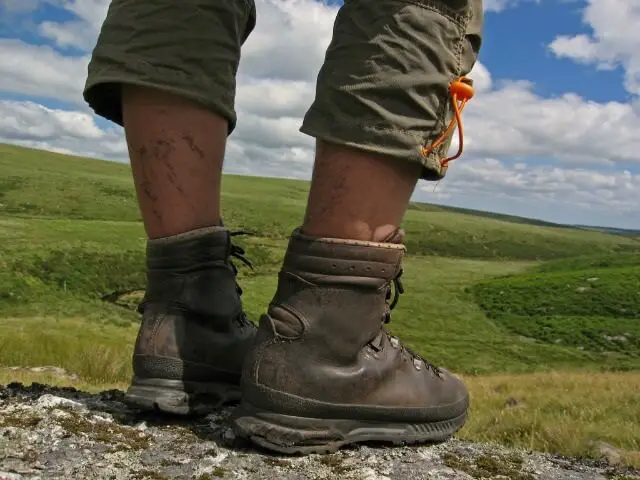Whether you are an avid hill walker or thinking of taking your first walking holiday, what you wear on your feet is crucial. It can mean the difference between an enjoyable experience and an uncomfortable nightmare. Wearing unsuitable walking shoes or boots can lead to a range of injuries, from throbbing blisters to a serious fall. You would be surprised how many people purchase the first pair of walking footwear they see. This should be avoided. Below are some guiding tips to help you select the right pair outdoor shoes or boots, whether you are going walking in Germany,Switzerland, Austria, Italy and elsewhere abroad, or right in your own backyard.
What Kind of Hiker Are You?
Before choosing your outdoor footwear, ask yourself if you prefer walking gentle rambles or treacherous trails; if you plan on taking long trips carrying a pack on your back or walking shorter paths; if you plan on covering rough terrain; if you will be walking all year round, rain or shine or just on beautiful summer days…The answer to these questions will reveal to you the footwear make and style, perfect for your feet and outdoor pursuits.
Style and Materials
Generally low-cut walking shoes are suitable for more leisurely walkers who enjoy well- groomed paths with little to no weight on their backs. These types of walking shoes are usually lighter weight and more flexible than the higher cut models. Mid to high-cut walking boots are geared towards those who complete more challenging walks, in terms of length, terrain and/or weight carried, as they provide more support to the ankle region; since they are less flexible, they often need to be broken in. Nowadays, most walking boots come with water-resistant inserts, such as GORE-Tex or e-Vent membranes. These are especially useful for walkers going out for several hours or even multiple days, as the membranes work to keep feet dry. (Wet feet can lead to discomfort, blisters and more serious infections.) The soles of walking boots are also significant for the avid walker and hiker. Ideally soles should have the perfect balance of flexibility, support and durability to suit the walker’s needs. Additionally the sole’s patterning or treads should be designed to grip and protect the walker from a particular terrain. Within the hiking and walking world, Vibram soles are an example of well-respected traction-grip bottoms in the outdoor footwear world.
Fittings
Ideally, you should try on several pairs of walking footwear before purchasing. If you are going to a shop, ask one of the experienced staff to help you. If you are purchasing walkingshoes or boots online, ensure there is a return policy just in case they don’t fit. (You can also contact the online retailer’s customer service line to help you choose your footwear based on your needs and interests). When trying on hiking shoes and boots, you should be wearing the socks you plan on wearing on the trails; ideally they should be walker-friendly, meaning they wick away moisture and provide proper support and padding. For a proper fit, your feet should not slide back and forth within the shoe as you walk, the top of your foot should not be touching the top of the shoe and you should still be able to wiggle your toes.

